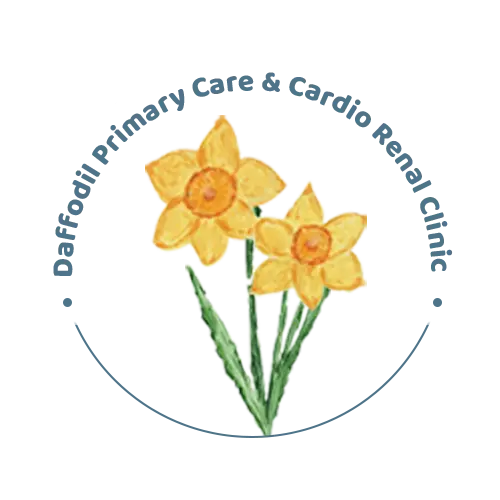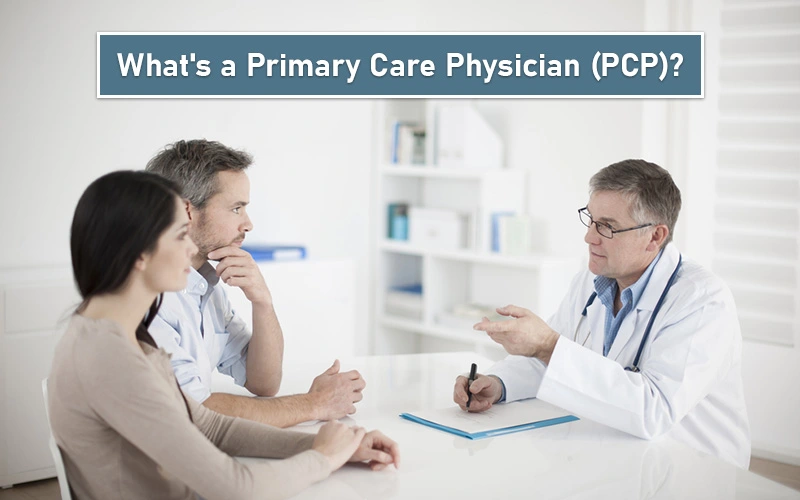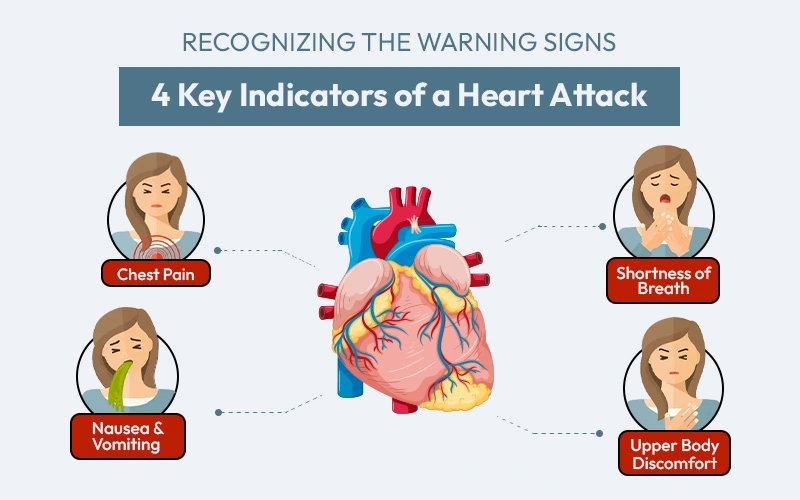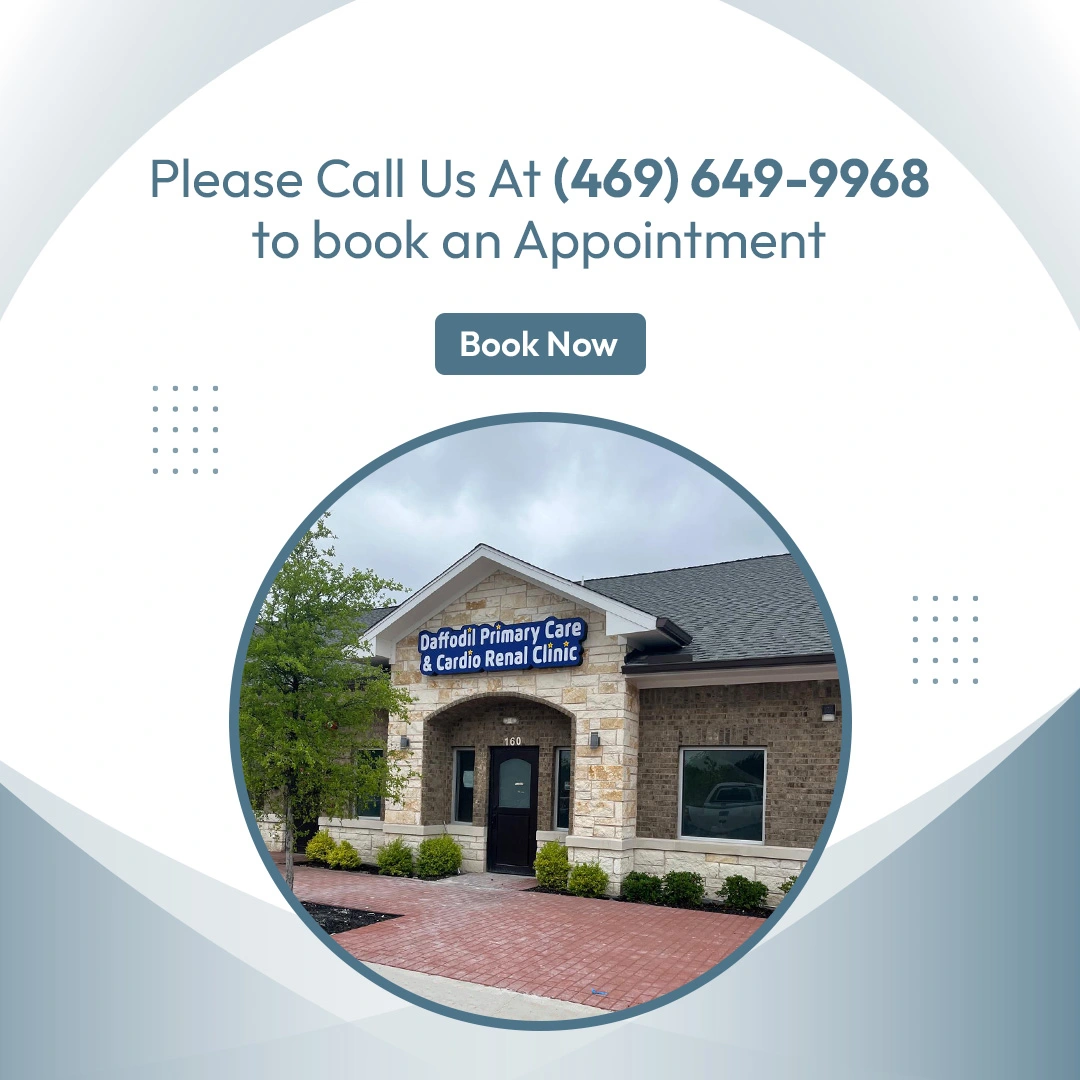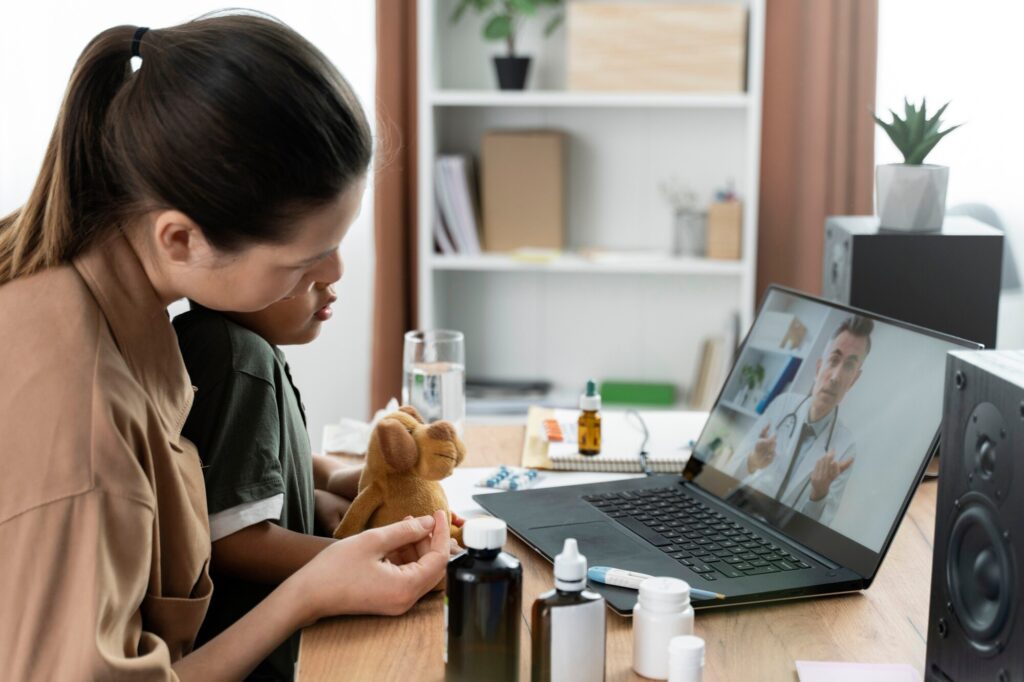
Remote Patient Monitoring (RPM), which provides a proactive and patient-centric approach to healthcare. One receives medical care from the comfort of their own homes. It revolutionizes the management of chronic diseases. RPM improves health outcomes, decreases hospitalizations and empowers people with chronic illnesses including diabetes, heart disease and hypertension by providing real-time health data and better outcomes.
What is Remote Patient Monitoring (RPM)?
Remote Patient Monitoring (RPM) is a healthcare method that uses digital technology to collect patients’ vital signs and health data in real-time. This data is transmitted to healthcare providers, allowing them to monitor the patient’s condition continuously without requiring in-person visits. Devices like blood pressure cuffs, glucose meters, pulse oximeters and smart scales can measure a variety of important health metrics. This sends the information directly to healthcare teams for review. It’s a technical boon that enables medical professionals to keep a close eye on patients outside of conventional hospital settings, so let’s explore more.
How Remote Patient Monitoring Works
The process of RPM is simple and user-friendly. Patients are provided with monitoring devices tailored to their health needs. These devices can measure various health metrics like blood pressure, blood glucose levels, oxygen saturation, and body weight. Once a reading is taken, the data is automatically transmitted via internet networks to the patient’s healthcare team.
This transmission happens instantly and securely, allowing healthcare providers to track the patient’s health remotely. For the patient, RPM involves little more than performing regular self-assessments. The medical staff will review the information and, if needed, adjust prescriptions, schedule follow-up appointments, or provide lifestyle advice. The entire procedure occurs seamlessly, often without the need for a hospital or clinic visit. It bridges the gap between the medical professionals and the patients ensuring timely interventions and personalized care. Now let’s discuss the major benefits of RPM.
Key advantages of Remote Patient Monitoring
- Proactive Care and Early Disease Detection
One of the best features of RPM is its proactive nature that continuously tracks the patients’ health metrics enabling medical professionals to identify potential problems before they turn into serious complications. Early detection of diseases helps in timely treatment and prevents unnecessary hospital stays and emergencies. - Improved Patient Outcomes and Reduced Hospitalizations
It is also time-saving and easy on the pocket for the patients. Additionally, it eases the strain on healthcare systems to keep up with the growing demands of patient care and resources. As a result, RPM can contribute to a more efficient, sustainable, and cost-effective healthcare system. - Convenience for Patients
For many patients, the most appealing aspect of RPM is its convenience. Rather than having to make frequent trips to the doctor’s clinic or hospital for routine check-ups, patients can manage their health from home. Those who live in rural locations, where access to healthcare services may be limited, or who have mobility issues would particularly benefit from this. - Chronic Disease Management
With the help of informed decisions, RPM focuses on monitoring and treating chronic diseases like high blood pressure, diabetes, heart disease, and respiratory issues, ensuring prompt and effective treatments that require continuous monitoring. - Personalized Treatment
RPM helps healthcare providers analyze real-time data and personalize medications and treatments for each patient, leading to better health outcomes and increased satisfaction.
Challenges
Conclusion
Remote Patient Monitoring (RPM) is not just an advancement in technology, it represents a transformational shift in healthcare, offering a proactive, patient-centered approach to managing chronic diseases and patient monitoring. By offering real-time information RPM enables informed decision-making and improving patient health outcomes.
At Daffodil Primary Care & Cardio Renal Clinic, our team of experienced healthcare professionals is committed to delivering comprehensive Remote Patient Monitoring (RPM) solutions. We focus on providing personalized and efficient care that meets your unique needs, streamlining operations, reducing costs and providing RPM services with healthcare regulations, such as HIPAA, to protect patient privacy.
By integrating RPM technology, we empower you to take charge of your health and well-being, thereby enhancing patient care and achieving exceptional clinical outcomes.
Moreover, if you’re curious about how RPM can benefit your healthcare journey, reach out to us today at (469) 649-9968 or Click Here to schedule an appointment. Our dedicated team is here to support your health every step of the way.
